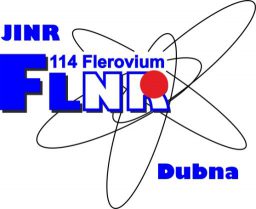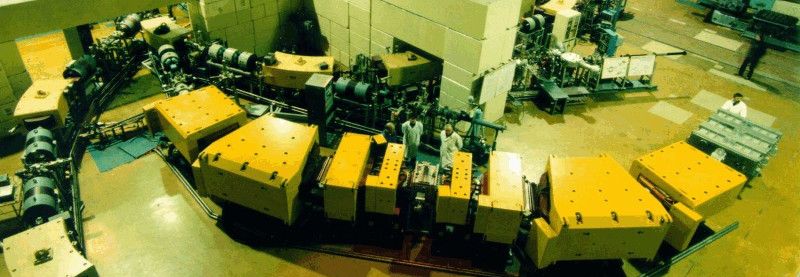COMBAS
The COMBAS wide-aperture fragment separator (the complex of a fast analyzer spectrometer) has been designed and produced for separating and forming beams of unstable neutron- and proton-rich nuclei obtained in reactions with low- and intermediate energy (~100 MeV/nucleon) heavy ions.
To ensure maximum collection of short-lived (with lifetimes of a few milliseconds and over) nuclei obtained in fragmentation reactions with small cross sections, the in-flight separators operating in the heavy ion beam must primarily possess the maximum possible momentum and angular acceptances and, at the same time, maintain the highest energy resolution.
The contradictory requirements such as these were met in the COMBAS separator by using magnets with inhomogeneous fields. To compensate for high-order aberrations, multipole harmonics with required magnitudes were introduced into the bending magnets using the method of profiling of their pole pieces. This has made it possible to create a compact separator, the momentum and angular acceptances, as well as the energy resolution of which are 3–5 times better than the parameters of similar separators at the other research centers.
The maximum magnetic rigidity of the COMBAS separator has been made equal to 4.5 T m to ensure the high efficiency in collection of exotic nuclei obtained in reactions with low- and intermediate-energy heavy ions. This value is a factor of 1.5 higher than the maximum magnetic rigidity of the highest-energy beams in the U-400M cyclotron. It is urgent that the rigidity of the separator be in excess in order to separate nuclei without losses near the nucleon drip line, the rigidity of which may be a factor of ~1.5 higher than the rigidity of the primary beam.
- “RADIOACTIVE NUCLEAR BEAMS OF COMBAS FACILITY” A.G. Artukh , S.A.Klygin, G. A. Kononenko , D. A. Kyslukha, S.M. Lukyanov , T. I.Mikhailova , Yu.Ts.Oganessian, Yu. E. Penionzhkevich , Yu.M. Sereda , A. N. Vorontsov , B. Erdemc et al., Physics of Particles and Nuclei, 47, 1, 49-72, 2016

